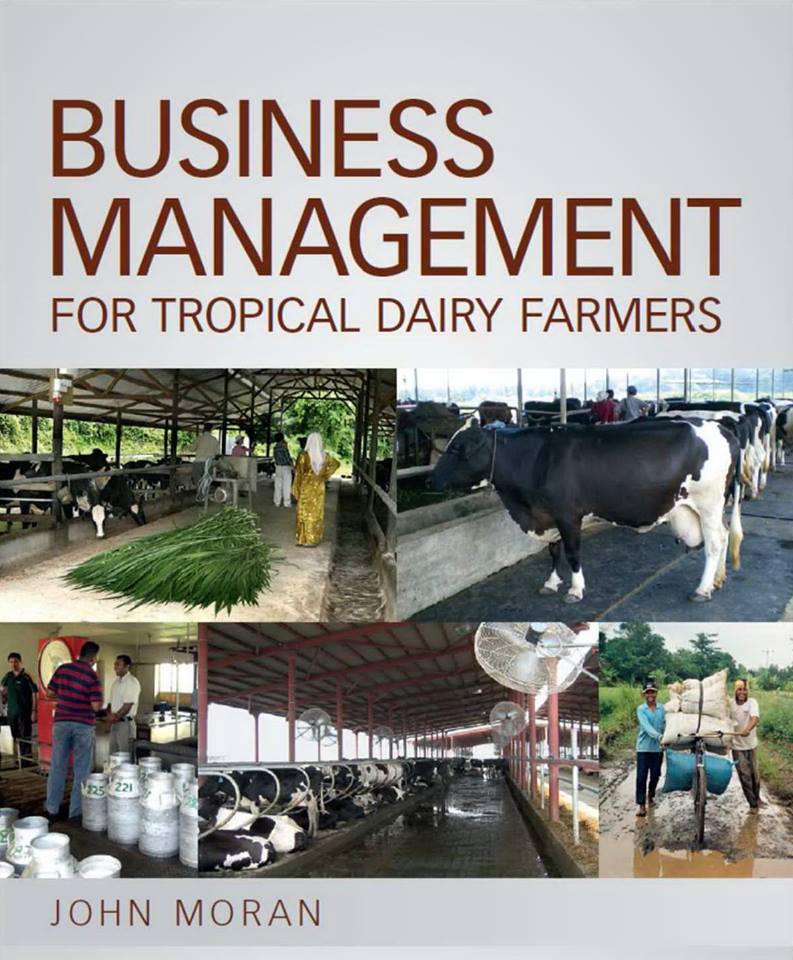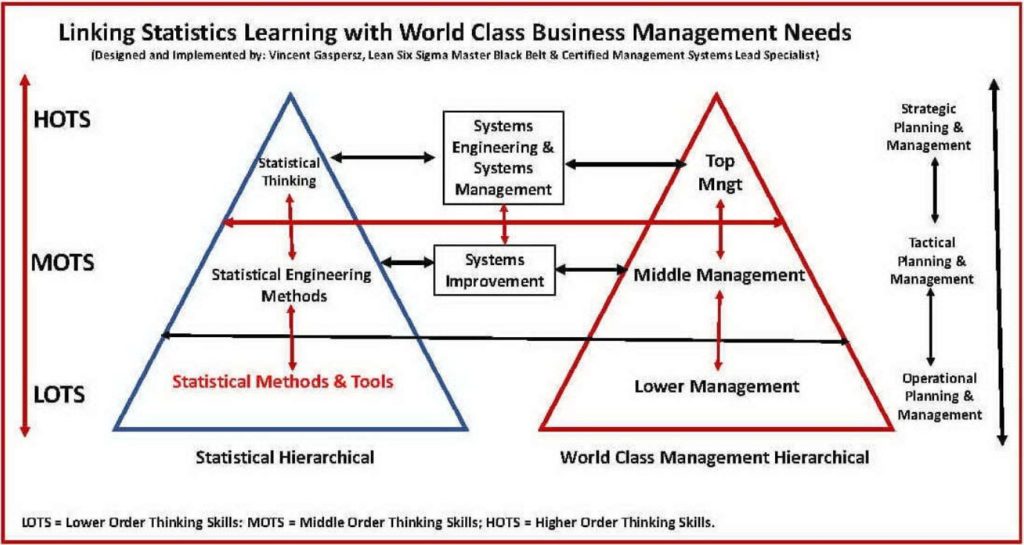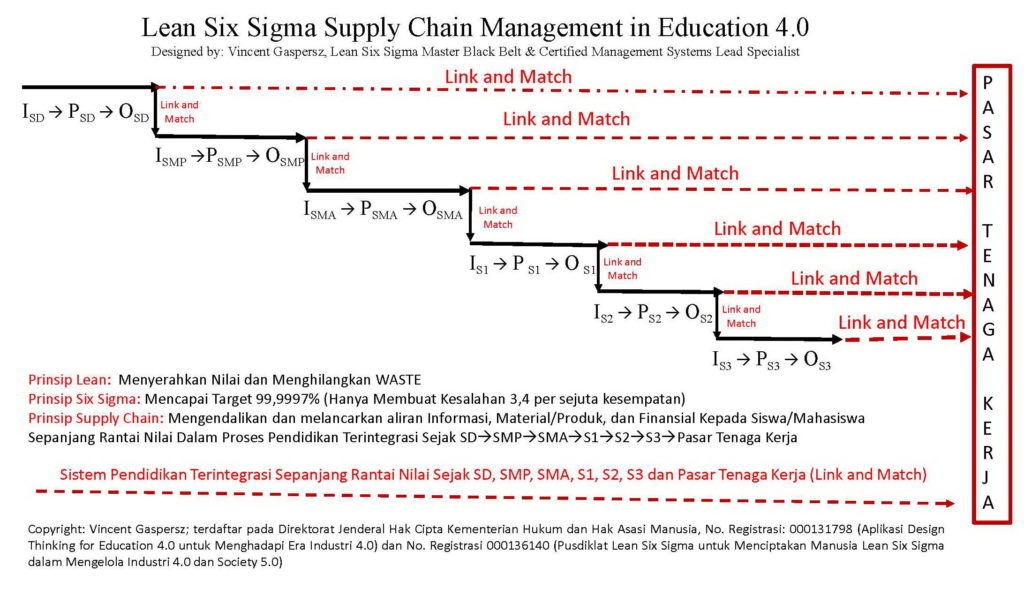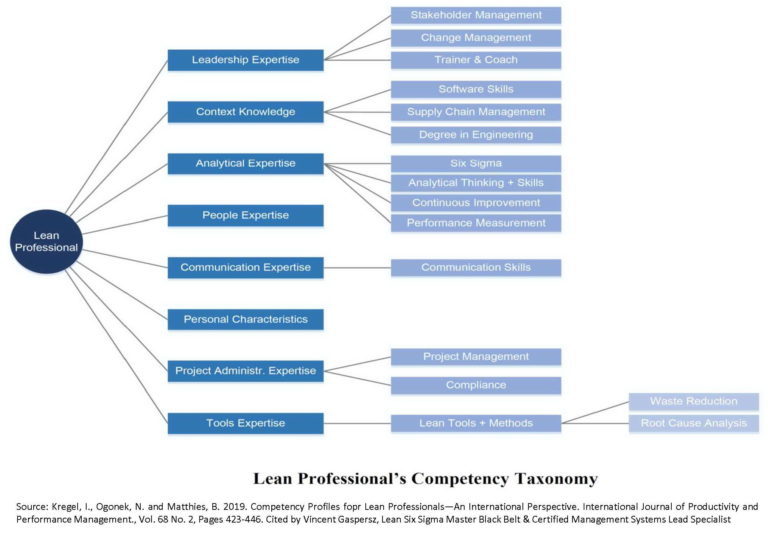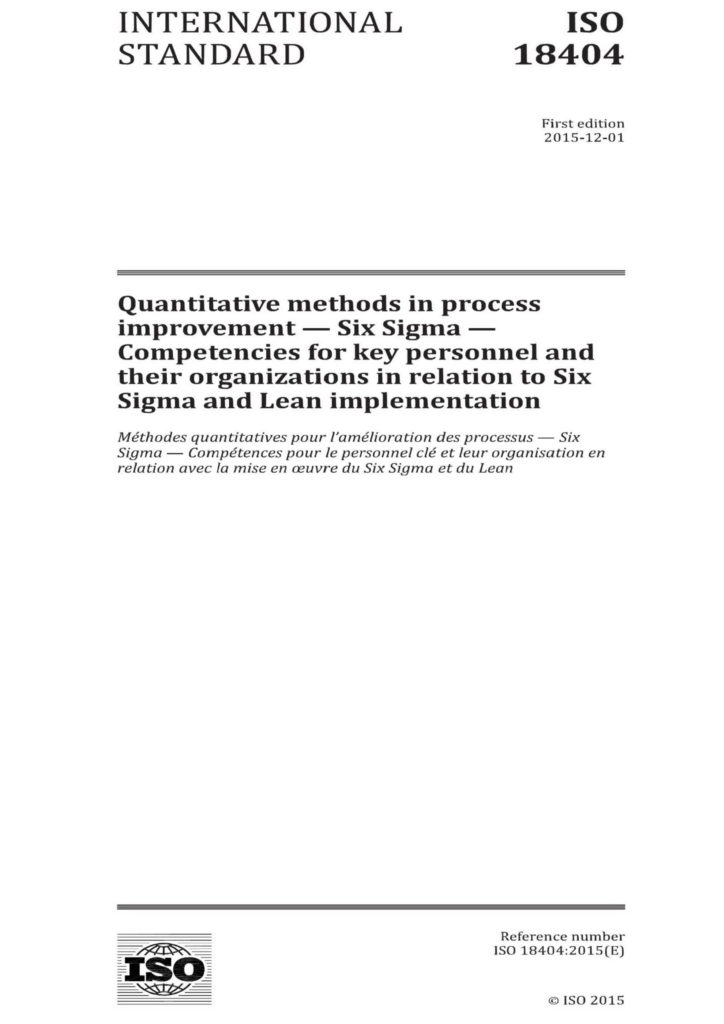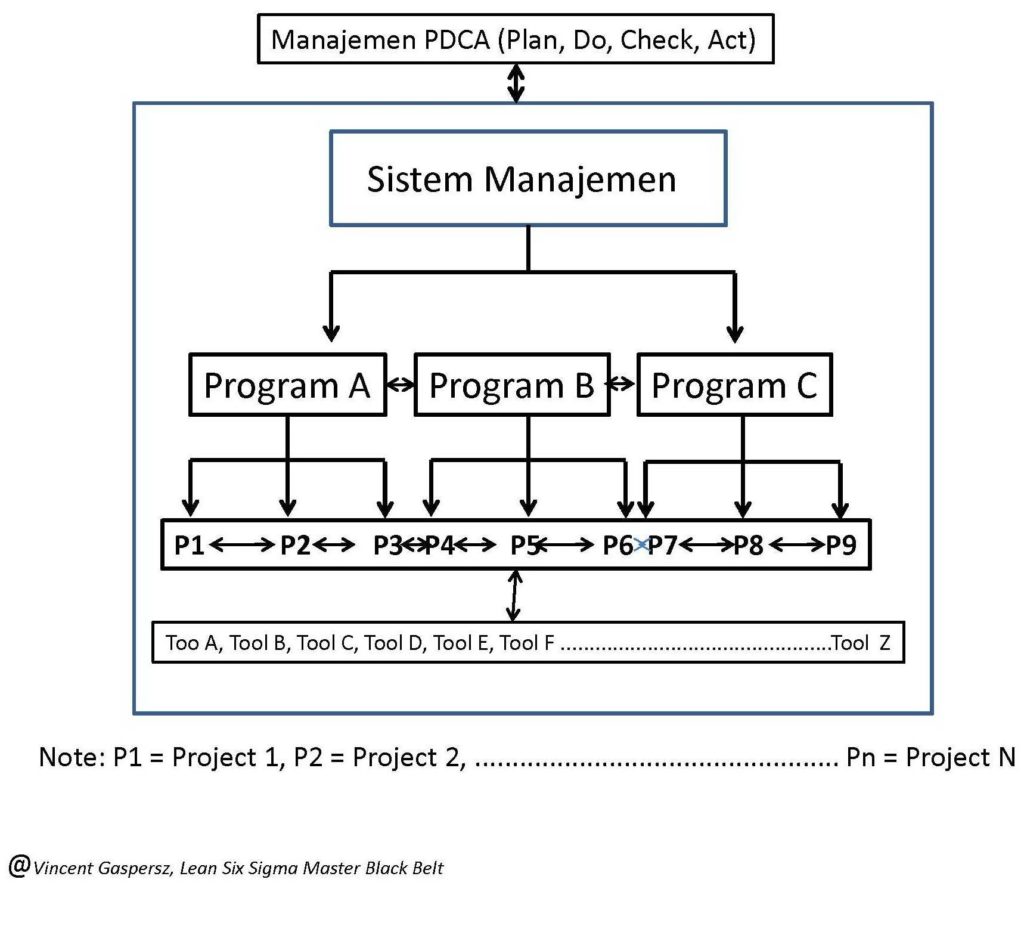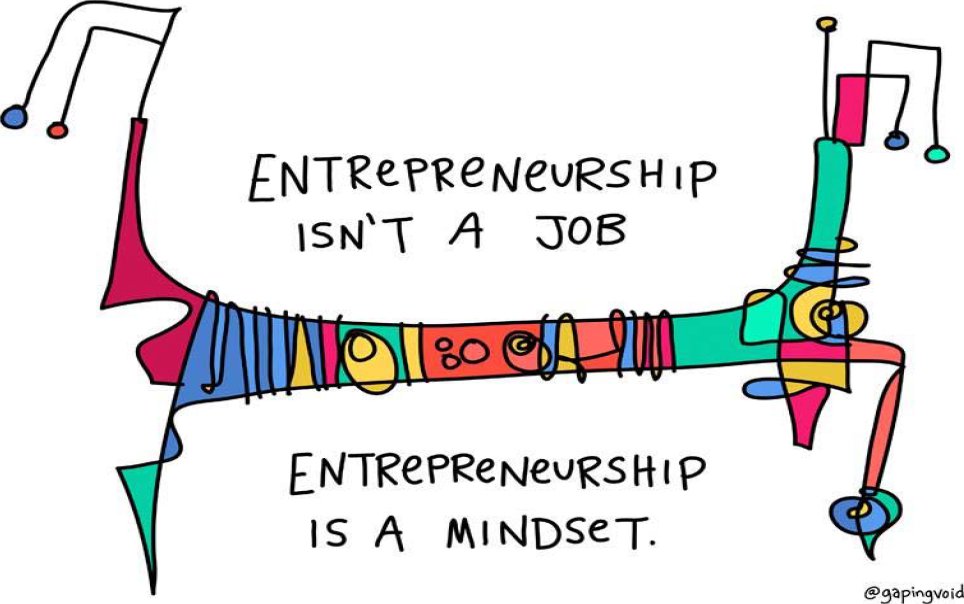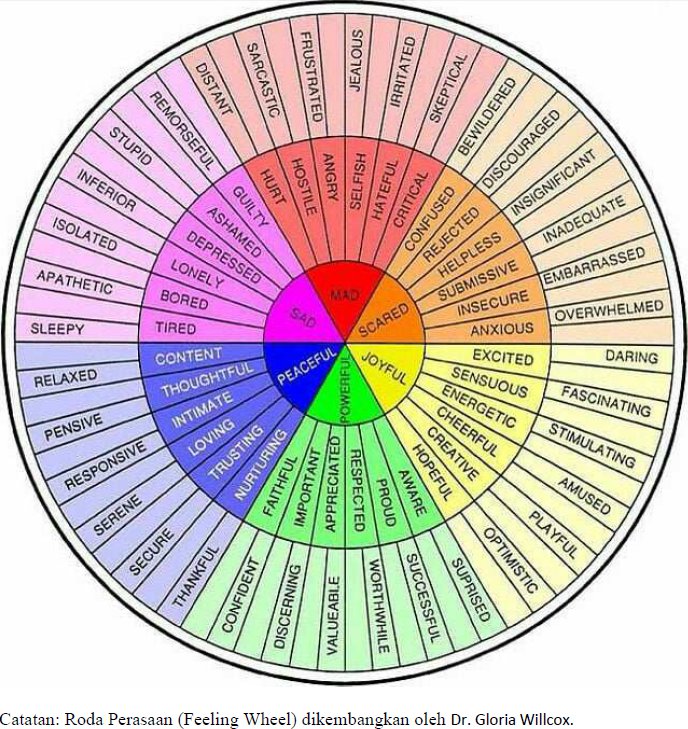-
Bahasa Indonesia
-
English
Sebagai seorang Ahli Manajemen Sistem dan PRAKTISI Bisnis saya YAKIN buku ini adalah yang dibutuhkan industri peternakan sapi perah KARENA membahas tentang PRAKTEK Bisnis Peternakan secara lengkap. Isi dalam buku PRAKTIS (PRAKtek TIdak Sulit) ini adalah contoh PRAKTEK Manajemen Usaha Peternakan Sapi Perah yang membahas Supply Chain System secara lengkap.
Tks. Salam SUCCESS.
Table of contents:
- Contents……Page 12
- Foreword……Page 6
- About the author……Page 7
- Other books and technical manuals by the author……Page 9
- Acknowledgements……Page 10
- Chemical warning……Page 11
- 1. Introduction……Page 18
- 1.1.1 Some key points about this book……Page 20
- 1.2 Outline of the manual……Page 21
- 1.3 Role of manual in training programs……Page 24
- 2. What is Farm Business Management?……Page 28
- 2.1.1 Maslow’s hierarchy of needs……Page 30
- 2.2 A set of key tasks for dairy farm managers……Page 32
- 2.2.1 Production technology……Page 33
- 2.2.3 Business management……Page 34
- 2.3 Making the best use of service providers……Page 35
- 2.4.1 Breaking down dairy production technology……Page 38
- 2.4.2 Developing a hierarchy of business management……Page 39
- 3.1 The importance of livestock to resource-poor farmers……Page 42
- 3.1.1 Smallholder dairy farmers……Page 44
- 3.1.2 What matters to dairy farmers most……Page 45
- 3.2.1 An historical context……Page 46
- 3.2.2 The growth of dairy industries in South and East Asia……Page 47
- 3.2.3 Future projections of demand and supply of milk in South and East Asia……Page 50
- 3.3.1 Objectives of dairy development……Page 53
- 3.3.2 Types of dairy development……Page 54
- 3.3.3 The importance of rural wages and other growth factors……Page 55
- 3.3.4 Losses in the dairy value chain……Page 56
- 3.3.6 Strengthening and enabling smallholders……Page 57
- 4. Feed production technology on smallholder dairy farms……Page 60
- 4.1 Feed nutrients required by dairy cows……Page 61
- 4.2.2 Energy……Page 62
- 4.2.3 Protein……Page 63
- 4.2.5 Vitamins and minerals……Page 65
- 4.2.6 Essential nutrients and sources summary……Page 66
- 4.3.2 Energy……Page 67
- 4.3.3 Protein……Page 69
- 4.4 Increasing dairy farm profitability through improved pasture technology……Page 70
- 4.4.1 Recent sources of information on tropical forages……Page 72
- 5. Improved herd management on smallholder dairy farms……Page 74
- 5.1 The lactation cycle……Page 75
- 5.1.1 From calving to peak lactation……Page 76
- 5.1.2 The rest of lactation……Page 77
- 5.2 Persistency of milk production throughout lactation……Page 78
- 5.2.1 Theoretical models of lactation persistency……Page 79
- 5.3.2 Marginal milk responses to extra feeding……Page 81
- 5.3.3 An example of marginal milk responses……Page 82
- 5.3.4 Immediate and delayed milk responses……Page 83
- 5.4 Rearing replacement heifers……Page 85
- 5.5 Reproductive performance……Page 86
- 5.6 Exotic breeds and crossbreeds for milk production……Page 87
- 5.7 Describing environmental stress for dairy cows……Page 89
- 6. The harvesting and marketing of milk from smallholder farms……Page 90
- 6.1.1 Milk composition……Page 91
- 6.1.2 Milk quality……Page 93
- 6.1.3 Examples of two milk grading schemes……Page 94
- 6.2 Formal and informal milk markets……Page 95
- 6.3 The role of dairy producer cooperatives……Page 97
- 6.3.1 Types of services offered by dairy cooperatives……Page 99
- 7. The base price for raw milk……Page 102
- 7.1.2 External influences……Page 103
- 7.2.1 Annual variations in different countries……Page 105
- 7.2.2 Current farmer returns for fresh local milk……Page 107
- 8. The importance of record keeping……Page 110
- 8.1.1 Farm records to keep……Page 111
- 8.1.2 Livestock records to keep……Page 112
- 8.1.3 Financial records to keep……Page 114
- 8.2 Describing the farm’s physical and financial resources……Page 115
- 8.3 Comparative farm performance or benchmarking……Page 118
- 9. Categorising farm costs and farm revenue……Page 120
- 9.1 The costs of farm production……Page 121
- 9.1.2 Variable costs……Page 122
- 9.1.3 Opportunity and labour costs……Page 123
- 9.1.6 Personal expenses……Page 124
- 10. The key tools of farm business analyses……Page 132
- 10.1 Balance sheets……Page 133
- 10.1.1 Assets……Page 134
- 10.1.3 Equity or net worth……Page 135
- 10.2 Cash flow records……Page 136
- 10.2.1 Cash operating surplus……Page 138
- 10.3.1 Key measures from income statements……Page 139
- 10.3.2 Anticipating problems by interpreting farm business data……Page 140
- 11. Measures of farm profit……Page 144
- 11.1 Quantifying cash and non-cash profit……Page 145
- 11.2 Quantifying change in farm efficiency……Page 146
- 11.3 Quantifying wealth creation……Page 149
- 11.4 Drivers of profit……Page 151
- 11.5 Assessing the business ‘health’ of Asian smallholder dairy farms……Page 152
- 11.5.2 Solvency……Page 153
- 11.5.4 Efficiency……Page 154
- 11.6 FEEDPROFIT and FARMPROFIT, two computer programs to quantify farm profits……Page 155
- 12.1 Defining ‘Milk income less feed costs’……Page 156
- 12.2.1 Introduction to case studies……Page 158
- 12.2.2 Case study 1: Formulating least cost rations……Page 160
- 12.2.4 Case study 3: Feeding cows during the dry season……Page 162
- 13. Feeding decisions driving profit……Page 166
- 13.1 Determining the optimum herd size……Page 167
- 13.1.1 Other factors influencing herd profitability……Page 168
- 13.2 Determining optimum on-farm stocking capacities……Page 169
- 13.3 Flow charts of feeding decisions that drive profit……Page 171
- 14. Key performance measures of farm profitability……Page 174
- 14.2.1 Stocking capacity……Page 175
- 14.2.2 On-farm forage production……Page 177
- 14.2.3 Forage quality……Page 178
- 14.2.4 Concentrate feeding program……Page 179
- 14.3.1 Proportion of productive cows……Page 180
- 14.3.3 Reproductive performance……Page 183
- 14.3.4 Heifer management……Page 185
- 14.4 Ease of collecting raw data to calculate KPIs……Page 186
- 14.5 A final word about KPIs……Page 187
- 15. Budgeting for future farm development……Page 190
- 15.1.1 Cash development budgets……Page 191
- 15.1.2 Partial budgets……Page 192
- 15.2 Steps for a partial budget……Page 193
- 15.2.1 A case study for partial budgeting……Page 195
- 15.3 Sensitivity analysis……Page 198
- 15.4 Accounting for time in a budget……Page 199
- 16. Risk in tropical dairy farming……Page 202
- 16.1.1 Business v financial risk……Page 203
- 16.1.2 External v internal sources of risk……Page 204
- 16.1.4 Good and bad risks……Page 205
- 16.2 Strategies for managing risk……Page 206
- 16.2.1 Analysing risk in farm management……Page 207
- 16.3 Biosecurity as a risk management strategy……Page 209
- 17. Case studies of profitable tropical dairy farming systems……Page 212
- 17.1 Cost of production of dairy farming in Thailand……Page 213
- 17.1.2 Comments on IFCN methodology……Page 216
- 17.2 Comparing dairy farm production economics in Thailand and Vietnam……Page 217
- 17.2.1 General comments on Asian dairy industries……Page 218
- 17.3 Comparing rural and peri-urban dairying……Page 220
- 18. Planning and conducting workshops in Farm Business Management……Page 222
- 18.2 Workshop preparation……Page 223
- 18.3.1 Workshop 1……Page 224
- 18.3.2 Workshop……Page 225
- 18.5 Theoretical farm case study in Workshop 2……Page 226
- 18.5.1 Calculation of financial measures……Page 228
- 18.5.2 Developing partial budgets……Page 230
- 18.6 Conclusions from FBM workshops in Thailand……Page 231
- 19. The future for smallholder dairy industries in tropical Asia……Page 234
- 19.1 The relevance of ‘high technology’……Page 236
- 19.1.1 The process of technological change……Page 239
- 19.1.2 Technology and fertilisers……Page 241
- 19.1.3 Technology and animal health……Page 242
- 19.2 Making agriculture more sustainable……Page 243
- 19.2.1 Pollution and the public perception of dairy farming……Page 245
- 19.3 The role for Public Private Partnerships in dairy development……Page 246
- 19.3.1 The key roles for both public and private sectors……Page 247
- 19.3.2 Lessons learnt from the nine country study……Page 248
- 19.4 Ensuring a future for smallholder dairying……Page 250
- Indonesian dairy smallholder pamphlet……Page 253
- Appendix 1 Temperature Humidity Index……Page 257
- Appendix 2 Conversion of units of measurement……Page 258
- Appendix 3 Currency converter for South and East Asia……Page 261
- Appendix 4 Tables of nutrient requirements……Page 262
- Appendix 5 Worksheets for ration formulation……Page 266
- Appendix 6 Financial statements……Page 270
- Appendix 7 Examples of expectation and evaluation forms for Farm Business Management workshops……Page 276
- Glossary and abbreviations……Page 280
- References and further reading……Page 292
- Index……Page 296
As an Expert of System Management and a Business PRACTITIONER, I AM SURE that this book is what is needed in dairy farm industry BECAUSE it discusses Livestock Business PRACTICES completely. The content in this PRAKTIS (PRAKtek TIdak Sulit) // PRACTICAL (Practice is not Difficult) book is a PRACTICAL example of Dairy Farm Business Management that addresses the Supply Chain System completely.
Thank you. Best regards to SUCCESS.
Table of contents:
- Contents……Page 12
- Foreword……Page 6
- About the author……Page 7
- Other books and technical manuals by the author……Page 9
- Acknowledgements……Page 10
- Chemical warning……Page 11
- 1. Introduction……Page 18
- 1.1.1 Some key points about this book……Page 20
- 1.2 Outline of the manual……Page 21
- 1.3 Role of manual in training programs……Page 24
- 2. What is Farm Business Management?……Page 28
- 2.1.1 Maslow’s hierarchy of needs……Page 30
- 2.2 A set of key tasks for dairy farm managers……Page 32
- 2.2.1 Production technology……Page 33
- 2.2.3 Business management……Page 34
- 2.3 Making the best use of service providers……Page 35
- 2.4.1 Breaking down dairy production technology……Page 38
- 2.4.2 Developing a hierarchy of business management……Page 39
- 3.1 The importance of livestock to resource-poor farmers……Page 42
- 3.1.1 Smallholder dairy farmers……Page 44
- 3.1.2 What matters to dairy farmers most……Page 45
- 3.2.1 An historical context……Page 46
- 3.2.2 The growth of dairy industries in South and East Asia……Page 47
- 3.2.3 Future projections of demand and supply of milk in South and East Asia……Page 50
- 3.3.1 Objectives of dairy development……Page 53
- 3.3.2 Types of dairy development……Page 54
- 3.3.3 The importance of rural wages and other growth factors……Page 55
- 3.3.4 Losses in the dairy value chain……Page 56
- 3.3.6 Strengthening and enabling smallholders……Page 57
- 4. Feed production technology on smallholder dairy farms……Page 60
- 4.1 Feed nutrients required by dairy cows……Page 61
- 4.2.2 Energy……Page 62
- 4.2.3 Protein……Page 63
- 4.2.5 Vitamins and minerals……Page 65
- 4.2.6 Essential nutrients and sources summary……Page 66
- 4.3.2 Energy……Page 67
- 4.3.3 Protein……Page 69
- 4.4 Increasing dairy farm profitability through improved pasture technology……Page 70
- 4.4.1 Recent sources of information on tropical forages……Page 72
- 5. Improved herd management on smallholder dairy farms……Page 74
- 5.1 The lactation cycle……Page 75
- 5.1.1 From calving to peak lactation……Page 76
- 5.1.2 The rest of lactation……Page 77
- 5.2 Persistency of milk production throughout lactation……Page 78
- 5.2.1 Theoretical models of lactation persistency……Page 79
- 5.3.2 Marginal milk responses to extra feeding……Page 81
- 5.3.3 An example of marginal milk responses……Page 82
- 5.3.4 Immediate and delayed milk responses……Page 83
- 5.4 Rearing replacement heifers……Page 85
- 5.5 Reproductive performance……Page 86
- 5.6 Exotic breeds and crossbreeds for milk production……Page 87
- 5.7 Describing environmental stress for dairy cows……Page 89
- 6. The harvesting and marketing of milk from smallholder farms……Page 90
- 6.1.1 Milk composition……Page 91
- 6.1.2 Milk quality……Page 93
- 6.1.3 Examples of two milk grading schemes……Page 94
- 6.2 Formal and informal milk markets……Page 95
- 6.3 The role of dairy producer cooperatives……Page 97
- 6.3.1 Types of services offered by dairy cooperatives……Page 99
- 7. The base price for raw milk……Page 102
- 7.1.2 External influences……Page 103
- 7.2.1 Annual variations in different countries……Page 105
- 7.2.2 Current farmer returns for fresh local milk……Page 107
- 8. The importance of record keeping……Page 110
- 8.1.1 Farm records to keep……Page 111
- 8.1.2 Livestock records to keep……Page 112
- 8.1.3 Financial records to keep……Page 114
- 8.2 Describing the farm’s physical and financial resources……Page 115
- 8.3 Comparative farm performance or benchmarking……Page 118
- 9. Categorising farm costs and farm revenue……Page 120
- 9.1 The costs of farm production……Page 121
- 9.1.2 Variable costs……Page 122
- 9.1.3 Opportunity and labour costs……Page 123
- 9.1.6 Personal expenses……Page 124
- 10. The key tools of farm business analyses……Page 132
- 10.1 Balance sheets……Page 133
- 10.1.1 Assets……Page 134
- 10.1.3 Equity or net worth……Page 135
- 10.2 Cash flow records……Page 136
- 10.2.1 Cash operating surplus……Page 138
- 10.3.1 Key measures from income statements……Page 139
- 10.3.2 Anticipating problems by interpreting farm business data……Page 140
- 11. Measures of farm profit……Page 144
- 11.1 Quantifying cash and non-cash profit……Page 145
- 11.2 Quantifying change in farm efficiency……Page 146
- 11.3 Quantifying wealth creation……Page 149
- 11.4 Drivers of profit……Page 151
- 11.5 Assessing the business ‘health’ of Asian smallholder dairy farms……Page 152
- 11.5.2 Solvency……Page 153
- 11.5.4 Efficiency……Page 154
- 11.6 FEEDPROFIT and FARMPROFIT, two computer programs to quantify farm profits……Page 155
- 12.1 Defining ‘Milk income less feed costs’……Page 156
- 12.2.1 Introduction to case studies……Page 158
- 12.2.2 Case study 1: Formulating least cost rations……Page 160
- 12.2.4 Case study 3: Feeding cows during the dry season……Page 162
- 13. Feeding decisions driving profit……Page 166
- 13.1 Determining the optimum herd size……Page 167
- 13.1.1 Other factors influencing herd profitability……Page 168
- 13.2 Determining optimum on-farm stocking capacities……Page 169
- 13.3 Flow charts of feeding decisions that drive profit……Page 171
- 14. Key performance measures of farm profitability……Page 174
- 14.2.1 Stocking capacity……Page 175
- 14.2.2 On-farm forage production……Page 177
- 14.2.3 Forage quality……Page 178
- 14.2.4 Concentrate feeding program……Page 179
- 14.3.1 Proportion of productive cows……Page 180
- 14.3.3 Reproductive performance……Page 183
- 14.3.4 Heifer management……Page 185
- 14.4 Ease of collecting raw data to calculate KPIs……Page 186
- 14.5 A final word about KPIs……Page 187
- 15. Budgeting for future farm development……Page 190
- 15.1.1 Cash development budgets……Page 191
- 15.1.2 Partial budgets……Page 192
- 15.2 Steps for a partial budget……Page 193
- 15.2.1 A case study for partial budgeting……Page 195
- 15.3 Sensitivity analysis……Page 198
- 15.4 Accounting for time in a budget……Page 199
- 16. Risk in tropical dairy farming……Page 202
- 16.1.1 Business v financial risk……Page 203
- 16.1.2 External v internal sources of risk……Page 204
- 16.1.4 Good and bad risks……Page 205
- 16.2 Strategies for managing risk……Page 206
- 16.2.1 Analysing risk in farm management……Page 207
- 16.3 Biosecurity as a risk management strategy……Page 209
- 17. Case studies of profitable tropical dairy farming systems……Page 212
- 17.1 Cost of production of dairy farming in Thailand……Page 213
- 17.1.2 Comments on IFCN methodology……Page 216
- 17.2 Comparing dairy farm production economics in Thailand and Vietnam……Page 217
- 17.2.1 General comments on Asian dairy industries……Page 218
- 17.3 Comparing rural and peri-urban dairying……Page 220
- 18. Planning and conducting workshops in Farm Business Management……Page 222
- 18.2 Workshop preparation……Page 223
- 18.3.1 Workshop 1……Page 224
- 18.3.2 Workshop……Page 225
- 18.5 Theoretical farm case study in Workshop 2……Page 226
- 18.5.1 Calculation of financial measures……Page 228
- 18.5.2 Developing partial budgets……Page 230
- 18.6 Conclusions from FBM workshops in Thailand……Page 231
- 19. The future for smallholder dairy industries in tropical Asia……Page 234
- 19.1 The relevance of ‘high technology’……Page 236
- 19.1.1 The process of technological change……Page 239
- 19.1.2 Technology and fertilisers……Page 241
- 19.1.3 Technology and animal health……Page 242
- 19.2 Making agriculture more sustainable……Page 243
- 19.2.1 Pollution and the public perception of dairy farming……Page 245
- 19.3 The role for Public Private Partnerships in dairy development……Page 246
- 19.3.1 The key roles for both public and private sectors……Page 247
- 19.3.2 Lessons learnt from the nine country study……Page 248
- 19.4 Ensuring a future for smallholder dairying……Page 250
- Indonesian dairy smallholder pamphlet……Page 253
- Appendix 1 Temperature Humidity Index……Page 257
- Appendix 2 Conversion of units of measurement……Page 258
- Appendix 3 Currency converter for South and East Asia……Page 261
- Appendix 4 Tables of nutrient requirements……Page 262
- Appendix 5 Worksheets for ration formulation……Page 266
- Appendix 6 Financial statements……Page 270
- Appendix 7 Examples of expectation and evaluation forms for Farm Business Management workshops……Page 276
- Glossary and abbreviations……Page 280
- References and further reading……Page 292
- Index……Page 296
